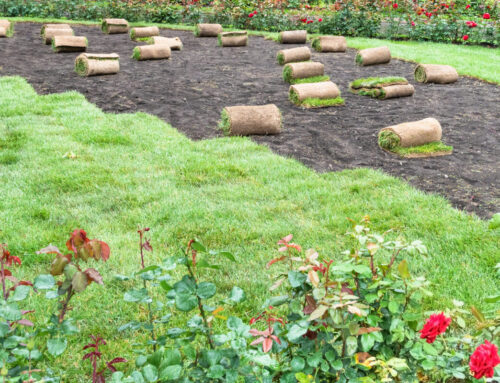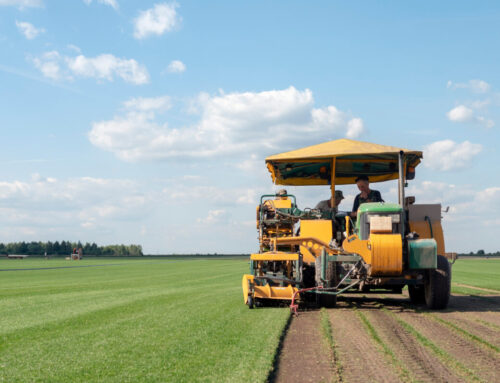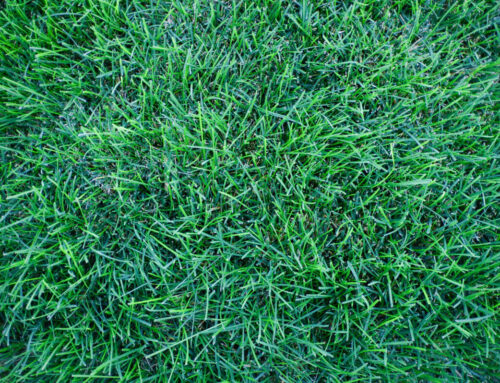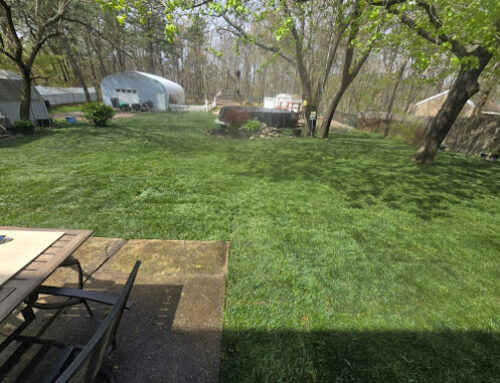If you’re planning to install sod on your Long Island property, one of the first questions you’ll face is:
“How much sod do I actually need?”
Guessing can lead to overbuying (and overspending) or coming up short—both frustrating outcomes. Whether you’re covering a front yard in Nassau or a backyard in Suffolk, calculating the right amount of sod is easy when you know what to measure and how to plan.
Here’s a step-by-step tutorial on how to estimate your sod needs accurately, plus tips for ordering and avoiding common mistakes.
Step 1: Measure the Area You Want to Sod
Grab a tape measure, notepad (or your phone), and walk your property.
Measure in Feet:
- Break your lawn into simple shapes: rectangles, circles, triangles, or irregular sections
- Measure the length and width of each section
- For circles, measure the diameter (straight across the center)
- Write down each set of measurements separately
Step 2: Use Simple Math for Each Section
Let’s do some basic calculations based on the shape of the area:
| Shape | Formulas to Use |
|---|---|
| Rectange | Length x Width |
| Circle | 3.14 x Radius x Radius |
| Triangle | (Base x Height) ÷ 2 |
| Odd Shapes | Break Into Smaller Shapes & Add |
Example:
- Front yard: 30 ft × 40 ft = 1,200 sq ft
- Back yard: Circle with 20 ft diameter → 3.14 × 10² = 314 sq ft
- Side yard: Triangle with 15 ft base × 20 ft height → (15×20)/2 = 150 sq ft
- Total = 1,664 sq ft
Step 3: Add 5–10% Overage
Once you’ve totaled your square footage, add a little extra to cover:
- Cutting and trimming around edges
- Waste from odd shapes or slope areas
- Accidental miscalculations
Add 5% for simple rectangular yards
Add 10% for complex or curved areas
In our example:
1,664 sq ft × 1.10 = ~1,830 sq ft of sod recommended
Step 4: Know How Sod Is Sold
Sod is typically sold by the square foot or by the pallet.
- A full pallet usually covers 450–500 square feet depending on the farm
- So, in our example (1,830 sq ft), you’d need about 4 full pallets
At Long Island Sod Company, we’re happy to help you convert square footage into the correct number of rolls or pallets and deliver exactly what you need—nothing more, nothing less.
Pro Tips for Long Island Homeowners
1. Account for Slopes and Edging
Sloped areas or beds that curve will increase your actual sod needs, so always round up.
2. Use Google Maps for Large Areas
If your yard is too big to measure easily, use Google Maps’ “Measure Distance” tool to estimate square footage from an aerial view.
3. Plan by Season
Don’t forget: Spring and fall are the best times to lay sod in Long Island. Calculating now helps you time your order around the seasons.
4. Still Not Sure?
Call us and describe your yard—we’ll help estimate your sod needs over the phone or schedule an on-site visit.
Already Used Our Sod Calculator?
Our online Sod Calculator Tool makes this whole process even easier. Just punch in your numbers and let the math do itself.
📍 Find it on longislandsodco.com under our Resources section.
Ready to Place Your Order?
Whether you’re a DIY homeowner or hiring a landscaper, knowing your exact sod needs keeps your project on budget and stress-free. If you’re still unsure, we’ll double-check your numbers, recommend the right sod type, and arrange delivery on your schedule.
📦 Need help placing a sod order in Nassau or Suffolk?
📞 Call Long Island Sod Company or
💻 Request a quote online today.







